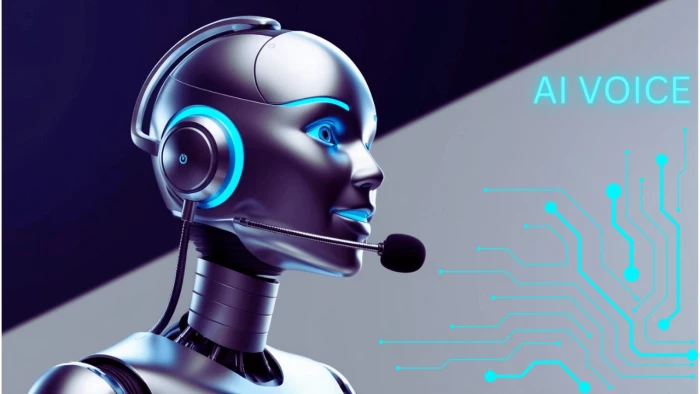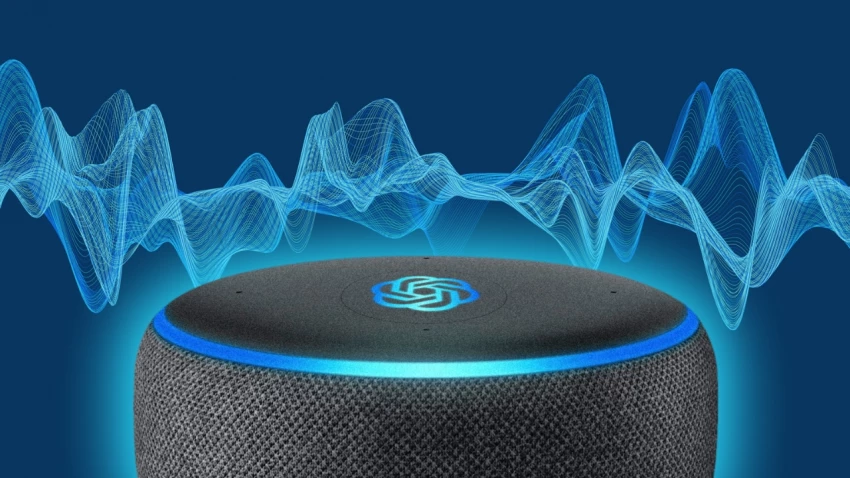

Voice artificial intelligence (AI) is no longer just a futuristic concept. It’s woven into how we live, work, and even create. From asking Alexa to turn on the lights to using AI tools to co-write stories, voice-driven technology is reshaping daily life in ways we couldn’t have imagined even a decade ago. But how deep does its impact run? And what does it mean for the future?
Voice recognition has been around since the 1960s, when IBM introduced “Shoebox,” a calculator that could recognize spoken digits. But the real breakthrough came in the 2010s with Siri, Google Assistant, and Amazon Alexa. These tools combined natural language processing (NLP) with machine learning, making voice commands practical and intuitive.
Today, more than 4.2 billion voice assistants are in use worldwide. By 2026, this number is projected to reach 8.4 billion, nearly matching the global population. This isn’t just a tech trend; it’s a massive behavioral shift in how humans interact with machines.

One of the most obvious uses of voice AI is in smart homes. People use voice commands to:
A 2022 survey by NPR and Edison Research found that 62% of U.S. adults use voice assistants on at least one device. Convenience is the biggest driver, but accessibility is just as important. For people with mobility or vision impairments, voice-controlled homes can be life-changing.
What role can voice AI play in healthcare? It goes beyond setting reminders for medications. Hospitals use it for patient documentation, reducing the burden on nurses and doctors. Startups like Suki AI and Nuance Dragon Medical streamline clinical notes through voice input, freeing up more time for patient care.
There’s also therapeutic potential. Voice AI-powered apps can guide mental health exercises, monitor speech patterns for signs of neurological conditions, and even detect stress from tone of voice. Researchers at MIT are studying how voice biomarkers could predict early signs of illnesses such as Alzheimer’s or depression.

If you’ve ever said, “Hey, Google, navigate to the nearest coffee shop” while driving, you’ve used automotive voice AI. Tesla, BMW, and Mercedes-Benz all integrate voice assistants into their infotainment systems.
The benefits are clear: less distraction, safer driving, and smoother user experiences. A study by JD Power found that 55% of car owners say they use built-in voice assistants regularly, especially for navigation, calls, and music.
Here’s where things get exciting. Voice AI isn’t just about efficiency, it’s also becoming a creative partner. Storytelling platforms like Novel Effect allow parents to read books aloud while the app adds sound effects in real-time. Tools like ChatGPT voice mode or Speechify let creators brainstorm ideas, narrate podcasts, or generate character voices.
Even Hollywood is experimenting. Filmmakers use AI-generated voices for pre-production storyboarding, while video game developers create dynamic character dialogue with AI-powered voices. This raises questions: Can AI truly co-create with humans? Or does it risk diluting originality?
Voice AI isn’t without its issues. Privacy is the biggest concern. Devices like Alexa and Google Home constantly listen for “wake words,” raising fears of surveillance. A 2021 report showed that 30% of smart speaker users worry about companies recording their private conversations.
Bias is another challenge. Voice assistants often struggle with accents, dialects, and languages outside of mainstream datasets. A Stanford study found that speech recognition systems are 19% less accurate for Black speakers compared to white speakers. That gap highlights the urgent need for more inclusive AI training.
So, where is this heading? Experts predict more natural, human-like interactions. Instead of rigid commands, conversations with AI will feel fluid and context-aware. Imagine an AI that not only sets your alarm but also adjusts your bedtime routine based on how stressed you sound.
We’ll also see voice AI embedded in new fields: education, workplace productivity, and even fashion. Picture a classroom where students interact with AI tutors using speech, or an office where meetings are transcribed and summarized instantly.
But the biggest leap may be emotional AI. Voice is rich with emotion, and AI that can detect happiness, anger, or fatigue could transform everything from customer service to mental health care.
Voice AI is no longer a novelty; it’s a daily companion. It runs our homes, assists in hospitals, keeps us safe on the road, and sparks creativity. Yet, it also brings challenges we must address: privacy, bias, and ethical use.
The real question isn’t whether voice AI will be everywhere. It already is. The question is: How do we shape it so it serves us, enhances creativity, and respects our humanity?
Be the first to post comment!